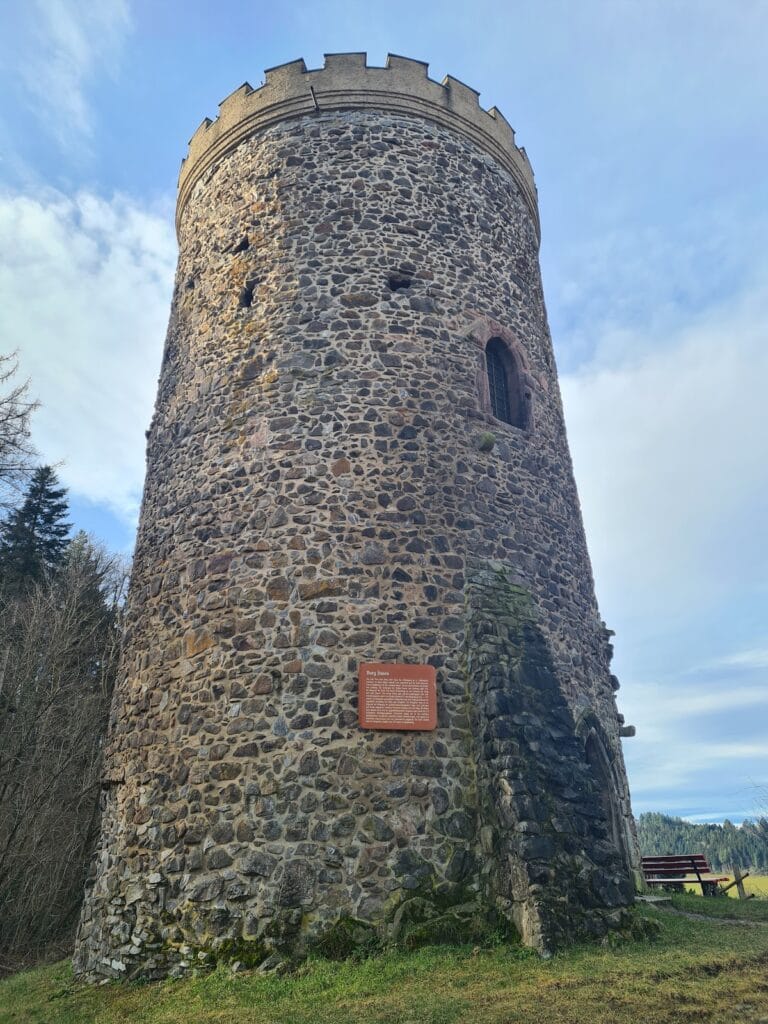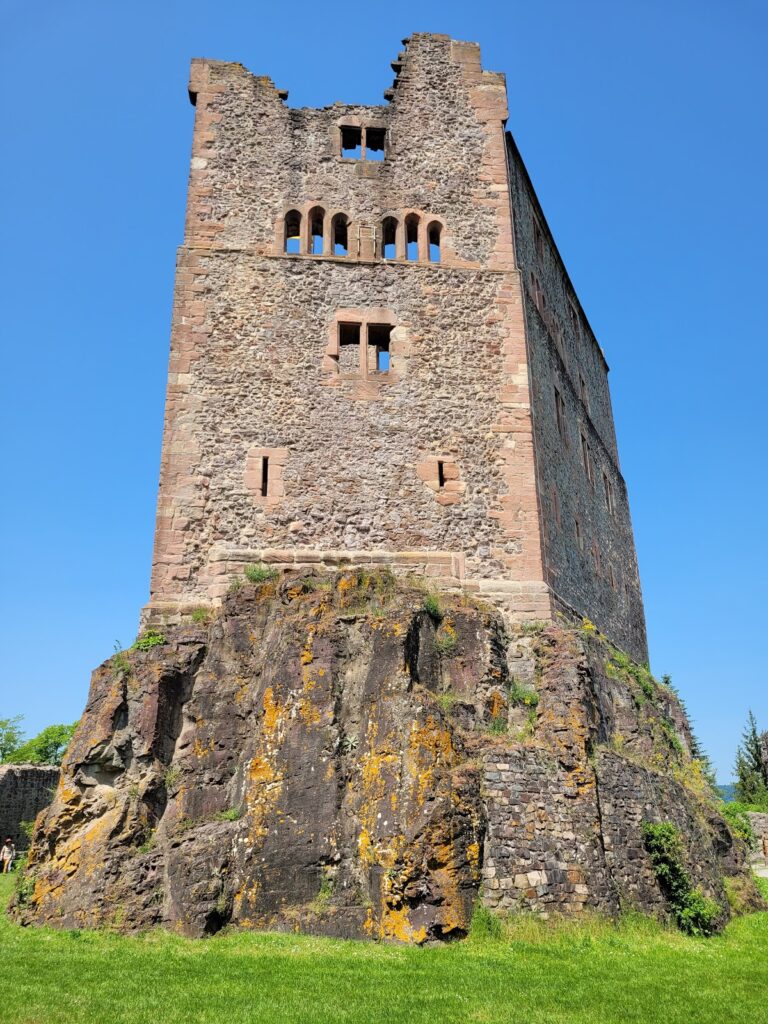Husen Castle: A Historic Hilltop Fortress in Hausach, Germany
Visitor Information
Google Rating: 4.6
Popularity: Low
Google Maps: View on Google Maps
Official Website: www.hausach.de
Country: Germany
Civilization: Medieval European
Remains: Military
History
Husen Castle is a hilltop fortress situated above the town of Hausach in Germany. It was originally constructed in the 12th century, likely by the dukes of Z”ahringen, a noble family known for establishing several strongholds in the Black Forest region.
The castle first appears in written records in 1246 under the name “castrum Husen.” During the following centuries, ownership of Husen Castle passed from the dukes of Z”ahringen to the counts of Freiburg. In 1303, through the marriage of Verena of Freiburg, the castle became part of the holdings of the counts of F”urstenberg. This transition marked a new chapter in the fortress’s history, as the counts of F”urstenberg undertook significant developments.
Between 1453 and 1477, Count Henry IV (also referred to in some sources as Heinrich VI) of F”urstenberg greatly renovated and expanded the castle. These modifications helped adapt Husen Castle to the changing military and residential needs of the time, maintaining its role as the home of the princely castellans, the officials responsible for overseeing the castle’s administration and defense.
In 1632, the castle suffered extensive damage due to a fire but was quickly repaired. However, its military importance drew it into the conflicts of the Thirty Years’ War. In 1643, French-Weimar forces commanded by Count Jean Baptiste Budes de Gu”ebriant captured and destroyed Husen Castle. Following this destruction, it ceased functioning as a noble residence.
The ruins did not fall into neglect, however. They were incorporated into a series of earthworks called schanzen, defensive fortifications constructed to protect the Kinzig valley from invading forces. Later, in 1896, the main tower of the castle, known as the bergfried, underwent restoration which included replacing its original conical roof with battlements, enhancing its appearance and defensive aspect. In 1968, the town of Hausach acquired the fortress ruins from the House of F”urstenberg, ensuring their preservation.
Remains
Husen Castle originally featured a typical medieval hill castle layout designed for defense and residence. It occupied a strategic location overlooking the Kinzig valley, with a core area protected by an outer ward and a defensive neck ditch that cut off access to the castle’s most vital areas.
One of the most prominent surviving structures is the bergfried, or main tower, which stands approximately 14 meters tall. This tower served as a lookout point and a place of last refuge in case of siege. In 1896, the bergfried was altered by replacing its original cone-shaped roof with battlements—parapets with alternating high and low sections designed for archers and defenders. Today, the bergfried remains an imposing feature of the site.
Another important element is the palas, the residential building where the castle’s inhabitants lived and conducted their daily affairs. While much of this structure is now in ruins, sections of the palas walls are still visible. These remnants provide insight into the castle’s original layout and construction style but lack detailed decorative features or inscriptions.
The battery tower, known locally as the Batterieturm, also survives in parts. Its name suggests a role in mounting artillery or housing defensive weapons, though its exact function during the castle’s active periods is not explicitly recorded.
The outer ward, or Vorburg, formed the first line of defense protecting the central castle buildings. It helped control access and provided space for support structures. Its earthworks, along with the previously mentioned neck ditch (Halsgraben), show how the castle’s defenses extended beyond simple walls to include natural and man-made barriers.
Later additions to the site incorporated the ruins into broader baroque-style fortifications designed to guard the valley, using earthworks and other defenses to adapt the medieval castle’s position for new military purposes. Despite centuries of change and damage, the surviving components preserve a clear picture of Husen Castle’s medieval origins and its lasting strategic role.







